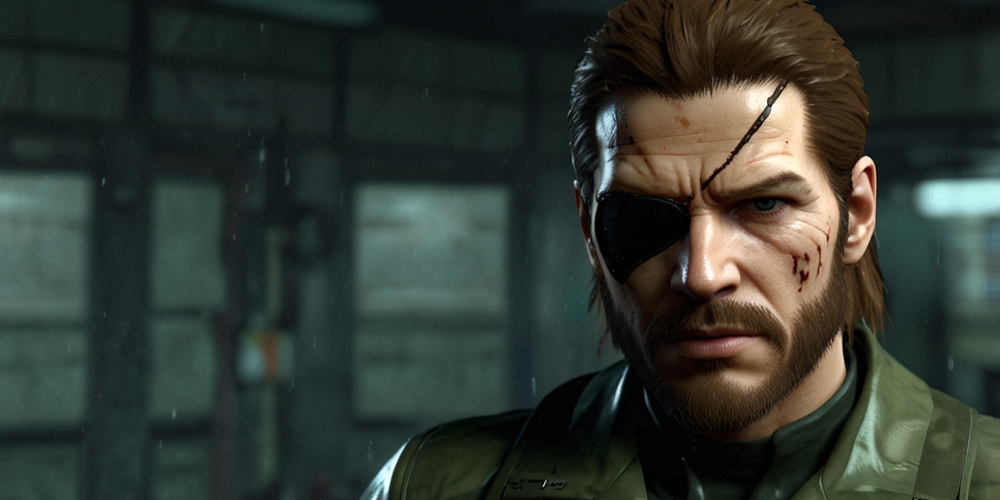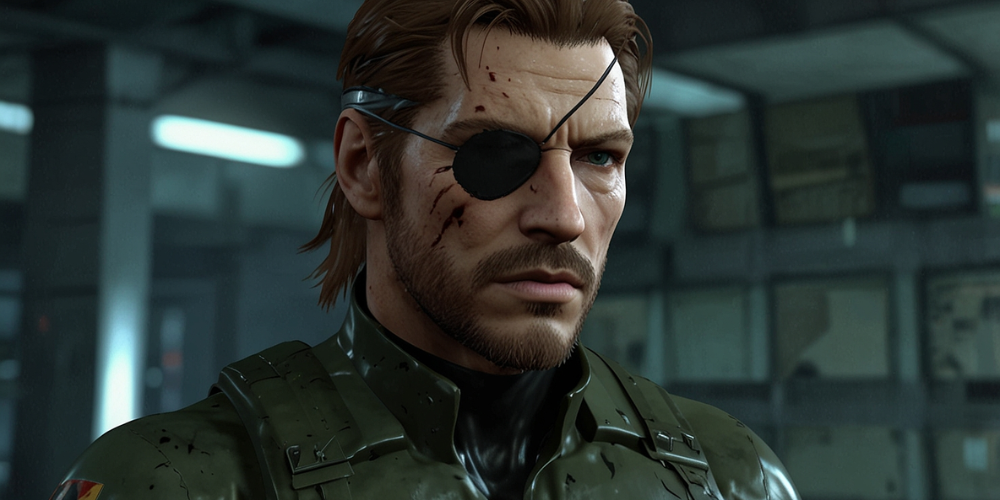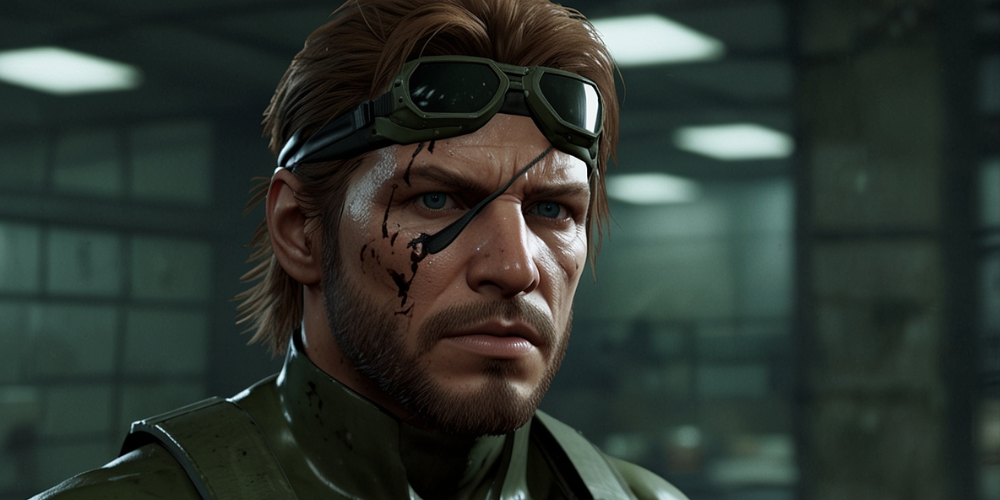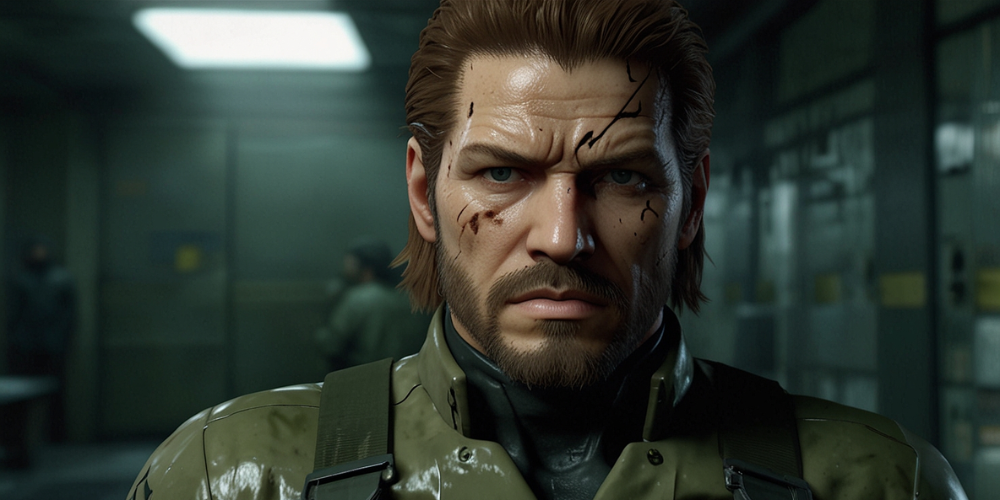The Stealth Mechanics of Metal Gear Solid: Innovation, Strategy, and Tension
- Oct 12, 2024
- 784

Metal Gear Solid is widely regarded as a pioneer in the stealth genre, offering a gameplay experience that emphasizes strategy, patience, and tactical thinking. From the moment I first guided Solid Snake through a high-security compound, it was clear that Metal Gear Solid was unlike any other action game. Rather than relying on brute force, the game encouraged me to use stealth, sneaking past enemies, hiding in the shadows, and using my environment to avoid detection. For me, Metal Gear Solid’s stealth mechanics were revolutionary, creating a new type of gameplay that has since become a genre staple.
Hiding in Plain Sight
One of the core mechanics of Metal Gear Solid is the ability to hide in plain sight. Whether it was ducking into a locker, hiding under a cardboard box, or sticking to the shadows, the game constantly encouraged me to avoid direct confrontation. This emphasis on stealth over combat made the gameplay feel tense and strategic, as I had to carefully observe enemy patrols, plan my movements, and react quickly if I was spotted. For me, the thrill of sneaking past enemies without being seen was one of the most rewarding aspects of the game.
Dynamic Enemy AI
Metal Gear Solid was among the pioneering games to introduce dynamic enemy AI, with guards capable of actively searching for the player upon becoming suspicious. If I made too much noise or left footprints in the snow, guards would investigate and try to locate me. This level of realism added to the challenge of the game, as I couldn’t simply hide and wait for enemies to pass—I had to stay alert and adapt to changing situations. The intelligent enemy AI made every encounter feel tense and unpredictable, as I never knew how guards would react to my actions.

The Importance of Sound
Sound plays a critical role in Metal Gear Solid’s stealth mechanics. The game uses sound to alert enemies to the player’s presence, meaning that even the smallest noise could lead to detection. Walking on certain surfaces, such as metal grates, created loud noises that would attract nearby guards, forcing me to move carefully and think about my surroundings. The game also uses sound cues to indicate when enemies are nearby or when I’ve been spotted, heightening the tension of every stealth encounter. For me, the use of sound added an extra layer of immersion to the game, as I had to be constantly aware of my environment.
Infiltration and Strategy
In Metal Gear Solid, infiltration is more than just sneaking past enemies—it’s about using strategy and planning to achieve objectives. Each level is designed like a puzzle, with multiple ways to approach and overcome obstacles. I had to use a variety of tools, such as distraction devices, tranquilizer guns, and surveillance cameras, to outsmart the enemy and reach my goals. The ability to choose my approach for each mission enriched the gameplay, enabling me to experiment with various tactics. For me, the strategic elements of Metal Gear Solid made the stealth mechanics feel more engaging and rewarding.
Alert Phases and Evasion
One of the most iconic features of Metal Gear Solid’s stealth mechanics is the alert phase. If I was spotted by an enemy, the game would enter an alert phase, during which enemies would actively search for me. In this phase, I had to evade capture by hiding or escaping the area. The tension during these moments was palpable, as the game’s music and visual cues heightened the sense of urgency. For me, the alert phases added a dynamic element to the stealth gameplay, as it forced me to quickly adapt and find a way to escape detection.

The Use of Gadgets and Tools
Metal Gear Solid introduced a wide range of gadgets and tools to aid in stealth, from the iconic cardboard box to high-tech devices like remote-controlled missiles and thermal goggles. These tools allowed me to approach stealth in creative ways, using gadgets to distract or disable enemies, bypass security systems, or navigate dangerous environments. The variety of tools available made each mission feel unique, as I could experiment with different strategies to find the best way to achieve my objectives. For me, the use of gadgets added a layer of fun and creativity to the stealth mechanics, allowing for multiple solutions to each challenge.
Boss Fights with Stealth Elements
While Metal Gear Solid is primarily known for its stealth gameplay, the game also features memorable boss fights that often incorporate stealth mechanics. Bosses like Sniper Wolf and Psycho Mantis required me to think strategically and use stealth to gain the upper hand. These encounters were more than just action sequences—they were puzzles that required careful planning and execution. For me, the integration of stealth into the boss fights made them feel more dynamic and challenging, adding depth to the overall gameplay experience.
Environmental Awareness
In Metal Gear Solid, the environment plays a crucial role in stealth gameplay. I had to be constantly aware of my surroundings, using cover, shadows, and objects in the environment to avoid detection. The game’s level design encouraged exploration and experimentation, as I could find hidden paths, ventilation shafts, and other environmental features that helped me navigate through enemy territory. For me, the emphasis on environmental awareness made the game’s world feel more interactive and immersive, as I had to use the environment to my advantage at all times.

The Psychological Aspect of Stealth
Metal Gear Solid’s stealth mechanics go beyond just physical hiding and evasion—they also tap into the psychological aspect of stealth. The game creates a sense of tension and fear, as I knew that being spotted could lead to dire consequences. The need to stay hidden, combined with the constant threat of detection, created a psychological challenge that added to the intensity of the gameplay. For me, the psychological aspect of stealth in Metal Gear Solid made the experience more immersive, as I felt the weight of every decision and the pressure to remain undetected.
The Legacy of Metal Gear Solid’s Stealth Mechanics
The stealth mechanics of Metal Gear Solid have significantly influenced the gaming industry, shaping numerous other stealth-oriented titles like Splinter Cell and Hitman. The game’s emphasis on strategy, environmental awareness, and dynamic enemy AI set a new standard for the genre, and its innovations continue to be felt in modern games. For me, Metal Gear Solid remains the gold standard for stealth gameplay, offering a perfect blend of tension, strategy, and creativity. Its legacy as a trailblazer in the stealth genre is indisputable, and its influence remains evident in games that emphasize stealth and tactical gameplay.
The Evolution of Stealth in the Metal Gear Series
Over the years, the Metal Gear series has continued to evolve its stealth mechanics, introducing new features like open-world exploration, advanced AI, and even more complex gadgets. Games like Metal Gear Solid V: The Phantom Pain expanded on the original formula, offering players even more freedom to approach stealth missions in creative ways. For me, the evolution of stealth in the Metal Gear series shows how the genre can grow and innovate while still staying true to its roots. The ongoing emphasis on stealth gameplay in the series has solidified its status as a pivotal franchise in the history of gaming.